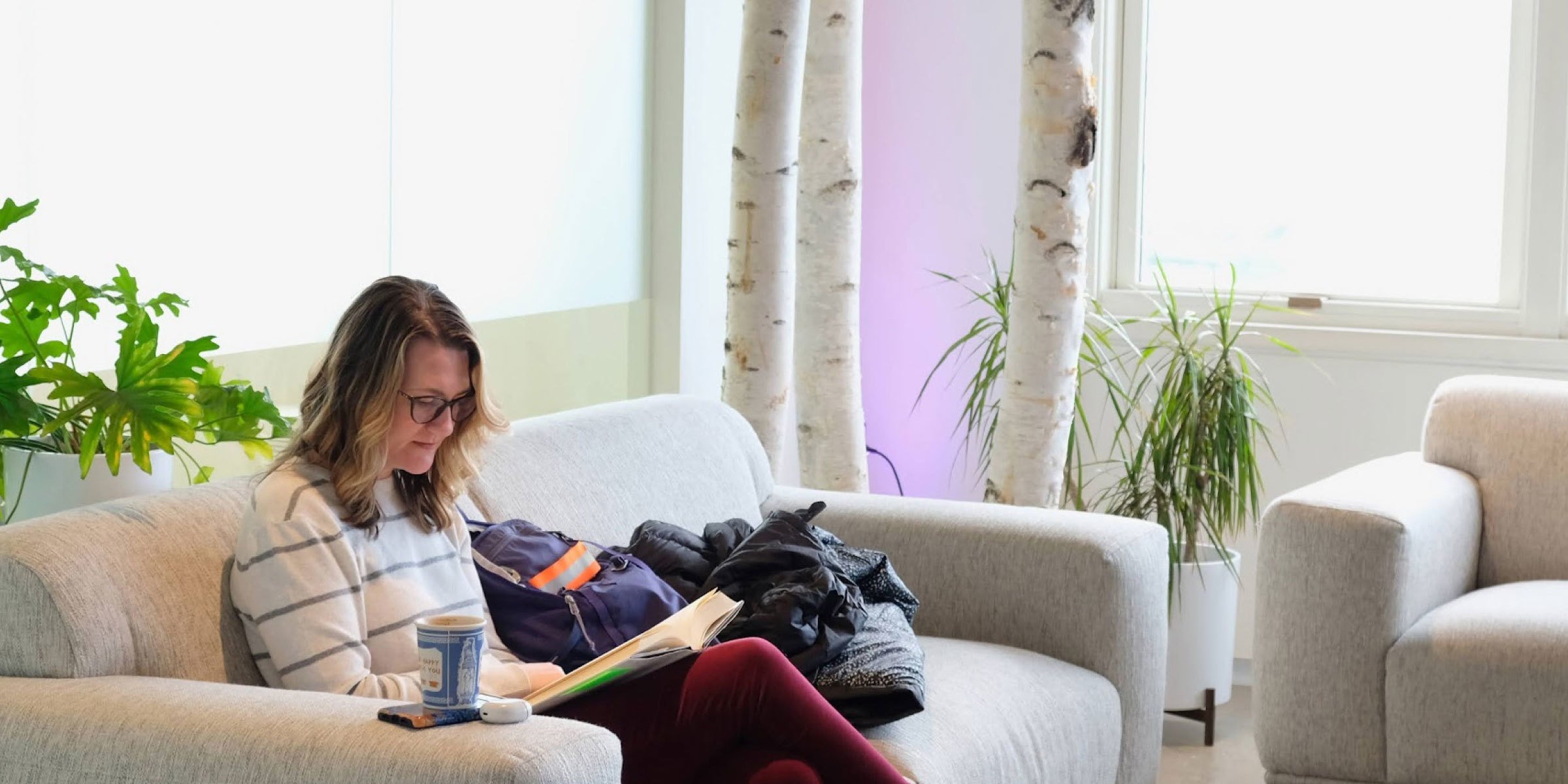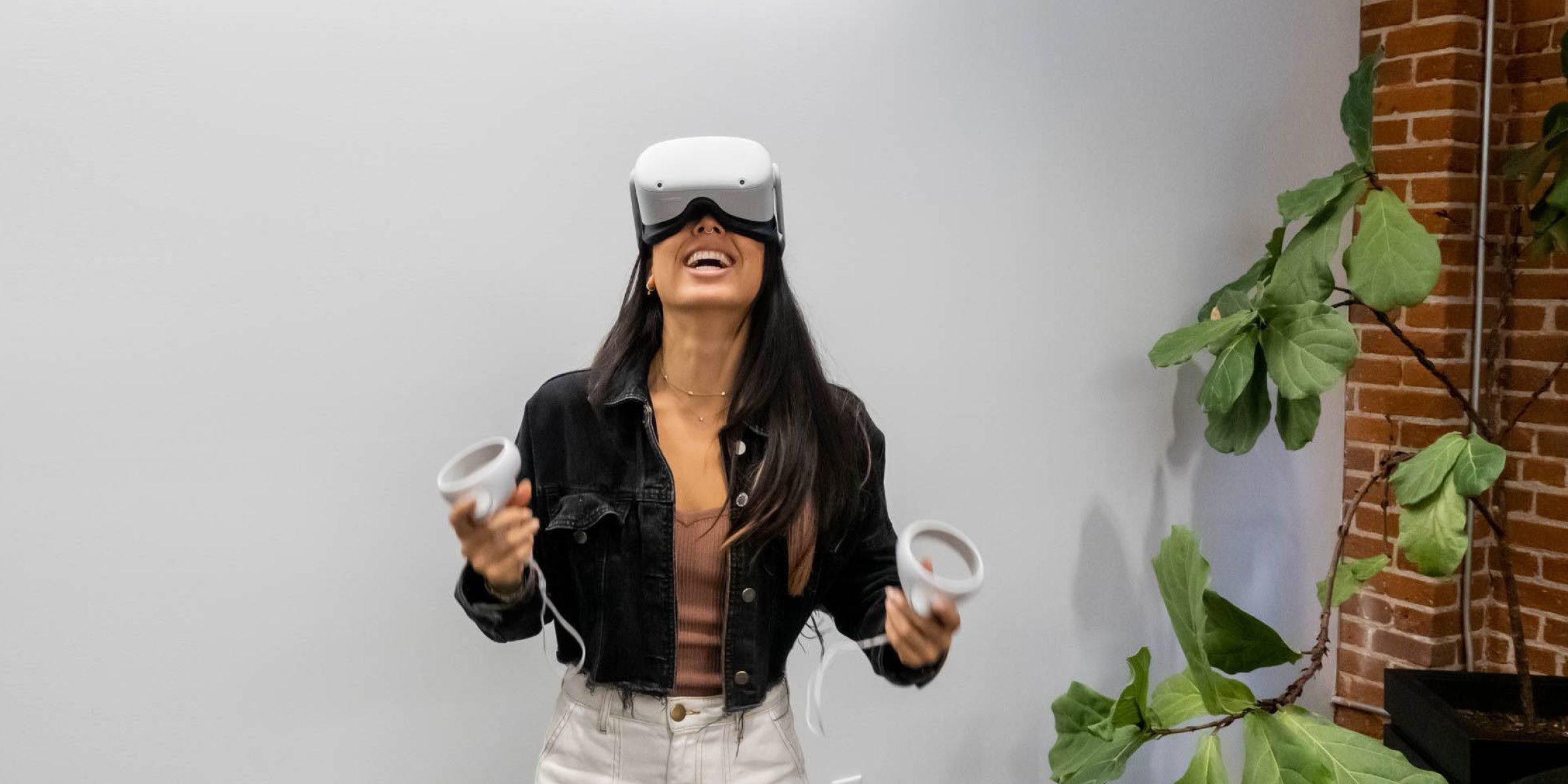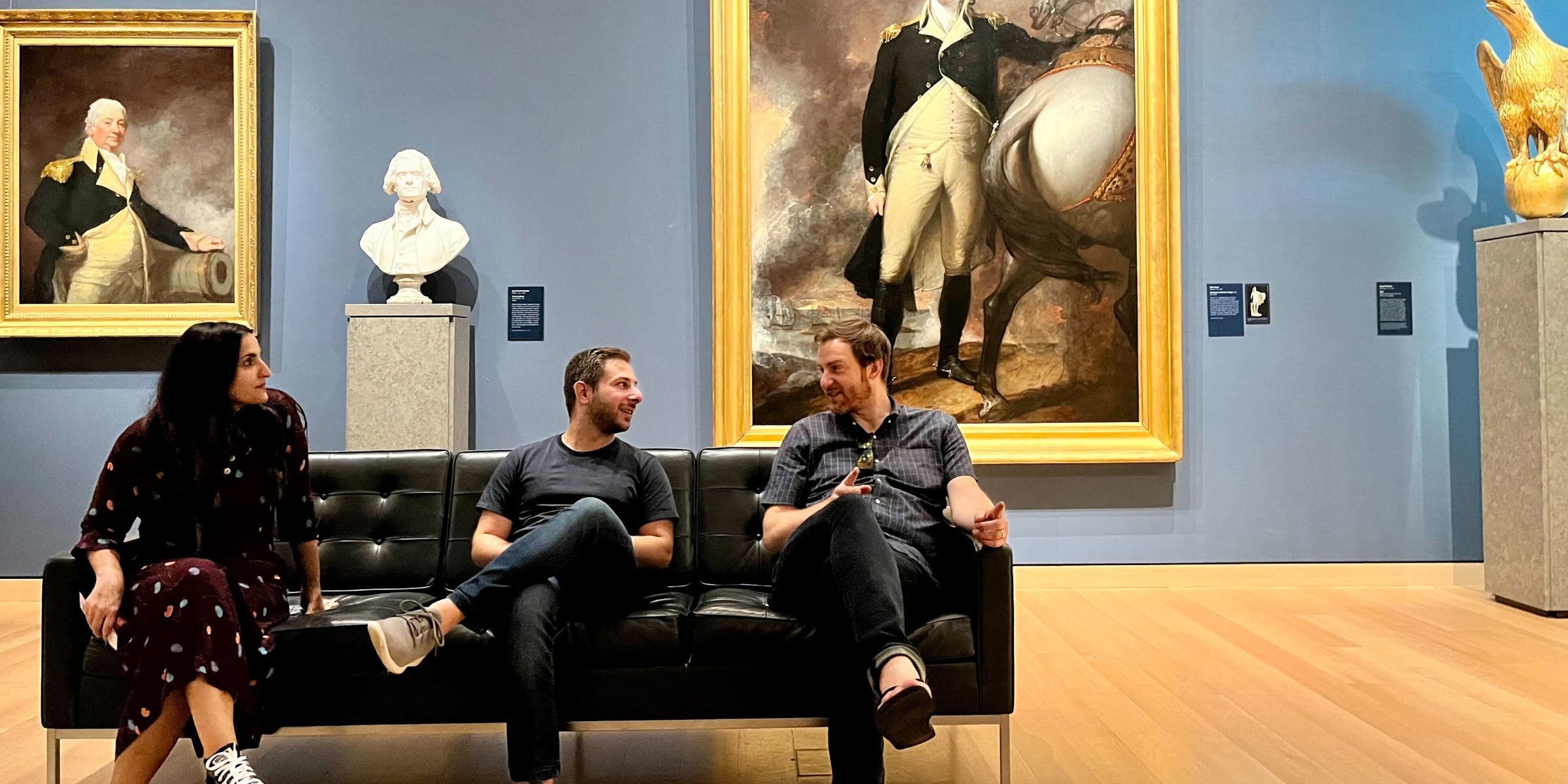
By Dave Kennedy
Researchers have a tough job. Tight deadlines, budget constraints, complex user behaviors, and the evolving nature of today’s tech pose challenges for anyone in the field.
Although we can’t eliminate the challenges, we can find ways to navigate them and lessen their negative impact on our daily lives. Working at a product design firm with over 23 years of UX research experience, I knew our team would have some ideas.
I asked our researchers to share 2-3 new habits that have had the most significant impact on their work — either to make it easier, more fun, or more efficient. So, without further ado, here are the top 10 things Blink researchers are doing to improve their practice.
Responses were initially collected for and shared at Blink’s 2024 Internal Research Summit. Contributing practitioners: Anirudh Kedia, Brandon Sapp, Karen Wang, Kiera Hawkins, Lea Martin, Serena Down, Shiroq Becker, Sylvain Durst.
10. Learning Figma
Learning Figma or a similar application can enhance presentation visuals and help researchers make more impactful slides to communicate the data.
Pro tip: Schedule time with a UX designer to learn their tips and tricks. Bonus: Have them review your research report to learn how to make your slides more visually appealing and effective.

9. Documenting their processes
Researchers are documenting their processes. One path to rigorous research is making sure it’s repeatable. Documenting the steps you take while setting up a study and noting issues you run into along the way make future rounds of research easier for yourself and your colleagues.
Pro tip: Don’t wait until the end of the project to record your process — it’s a good idea to write down the steps as you go to ease the burden of remembering what you did, say, six weeks ago.
8. Creating better boundaries
Creating healthy boundaries and learning to separate project stress from your personal stress will help you stay present and address issues effectively.
Pro tip: Let go of the things you can’t control, such as a recruit gone sideways, a malfunctioning prototype, or participant no-shows.

7. Advocating for their interests
Speaking up when you see a project that excites you keeps work engaging. If you’re interested in a specific project, scheduling a one-on-one meeting with the project owner is a great opportunity to show interest and share why you’d be a good fit.
Pro tip: Keep your manager informed of your interests. If your company has Slack or Teams channels with resourcing briefs or upcoming projects, monitor them to get a sense of the projects coming in.

6. Researching the domain of their project space
Investigating the area you’re researching to understand user needs before conducting user research allows you to become more familiar with the project space. Plus, it’s a good way to learn relevant, specific terminology before your interviews.
Pro tip: Use AI or social platforms like Reddit to understand what users think and feel about the product space in question.
5. Powering up their note-taking skill
Defining clear research objectives, which you can revisit when taking notes, creates a systematic approach to streamlining synthesis.
Some researchers are considering nonlinear approaches to note-taking to break away from spreadsheets and make research sessions less monotonous and more flexible, leading to more conversational interviews.
Pro tip: Use note-taking templates such as FigJam or Mural as a session guide so you can move away from the linear approach of scrolling down a document and toward a more fluid one.
4. Making sessions fun and easy for the participants
Answering questions for 60-plus minutes during a user interview takes a lot. Remember that participants want to have fun, feel engaged in the questions, and understand what they’re being asked — especially when working with technology.
Getting participants to move around can energize them and help them refocus on answering your questions. This may mean having them play Beat Saber in VR or simply taking them down the hall to get a glass of water in longer sessions.
Thinking of ways to make questions more interactive or easier to understand may increase engagement and yield stronger signals when analyzing feedback.
Pro tip: Plan for a few minutes of participatory design or fill out some post-its together during qualitative research sessions. You can also offer a moment for participants to stretch their arms and move around when appropriate.

3. Practicing and improving their storytelling skills
Practicing your presentation with a coworker, in front of your dog, or even solo by recording and reviewing your talk can help you become more strategic in presenting findings.
Pro tip: Think about the most important things you’d want to share with a busy coworker who’s not on the project. Then, bring those points forward in your report.
To add a bit of fun, try culminating your learnings and findings into acts of a play:
- Act 1: The setup (who we interviewed and what were the research objectives?)
- Act 2: The conflict (what are the participant’s pain points and the impact of the pain points?)
- Act 3: The resolution (what are the suggestions, recommendations, priorities, and next steps?)
2. Changing environments to spark a fresh perspective
Connecting with others or changing your workspace is a great way to inject something new into your research routine.
Our researchers recommended a few ways to create more brain space and allow room for out-of-the-box thinking while you work, such as giving yourself enough time to reset between interviews, changing your workspace from your desk to a coffee shop, doodling notes with a pen, or walking on a treadmill.
Pro tip: Go for a walk with your phone or a pen and paper to record any thoughts that come up.

1. Increasing curiosity to boost project impact
As researchers, curiosity is part of our nature. Learning from clients who are experts in their field can help you become an expert yourself.
Asking questions, holding informal stakeholder interviews, and aligning with clients by showing early drafts to encourage dialogue can generate trust and increase your knowledge of the domain you’re working in, enabling you to be more strategic about communicating findings and recommendations.
Pro tip: Ask clients about their hypothesis and why they think people have pain points with the user experience.
Cultivating new habits at work
Working in UX research, you can’t control everything in your day-to-day life, but you can have a positive influence by cultivating new habits, adopting new mindsets, and making intentional choices at work. Each of the habits and strategies included here can help make your job as a UX researcher even more fun, efficient, and rewarding. Let us know which practices you try next!



